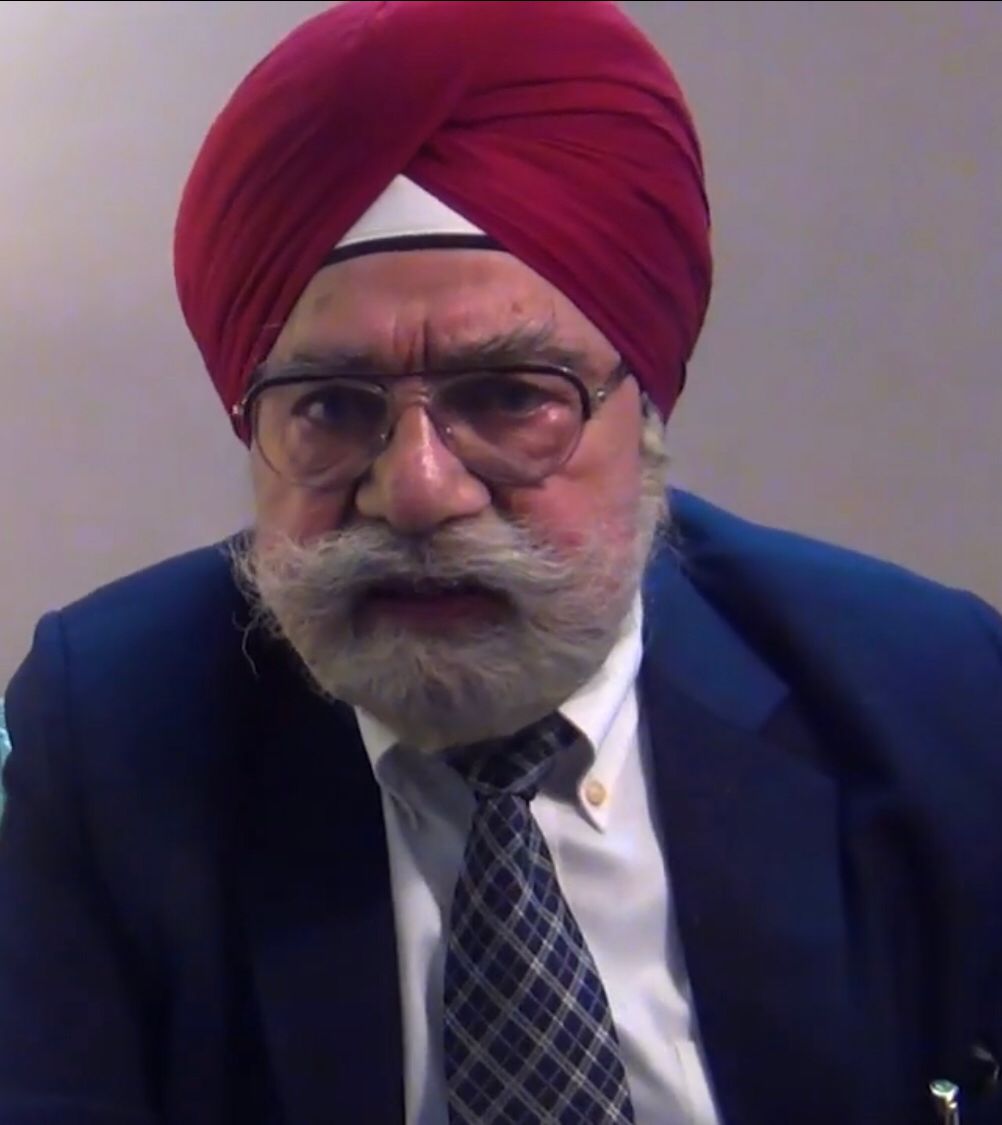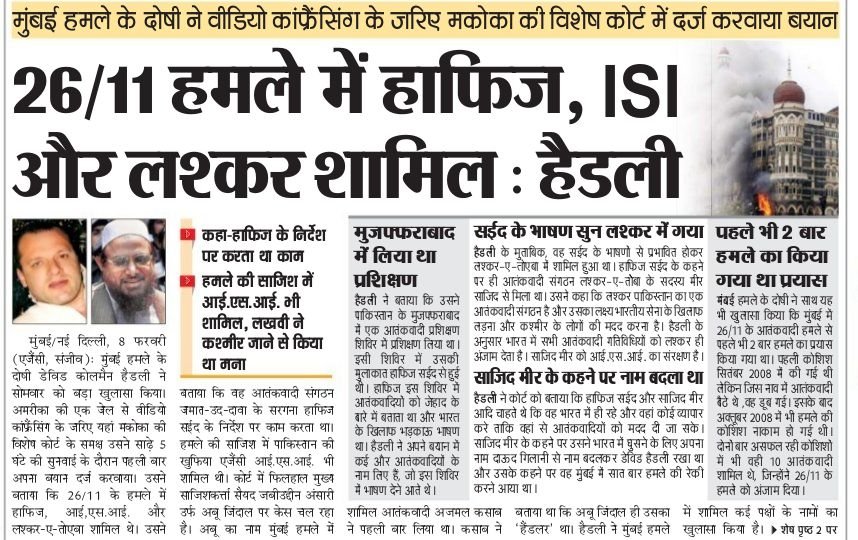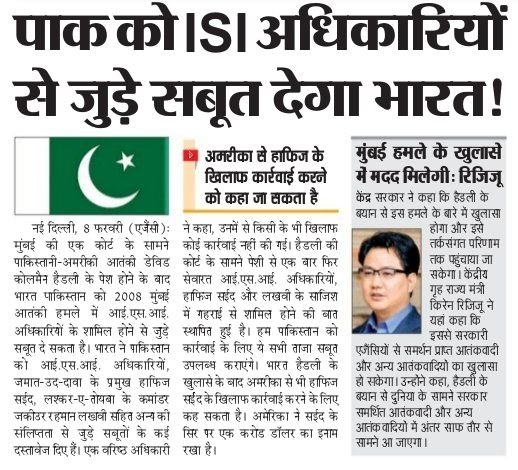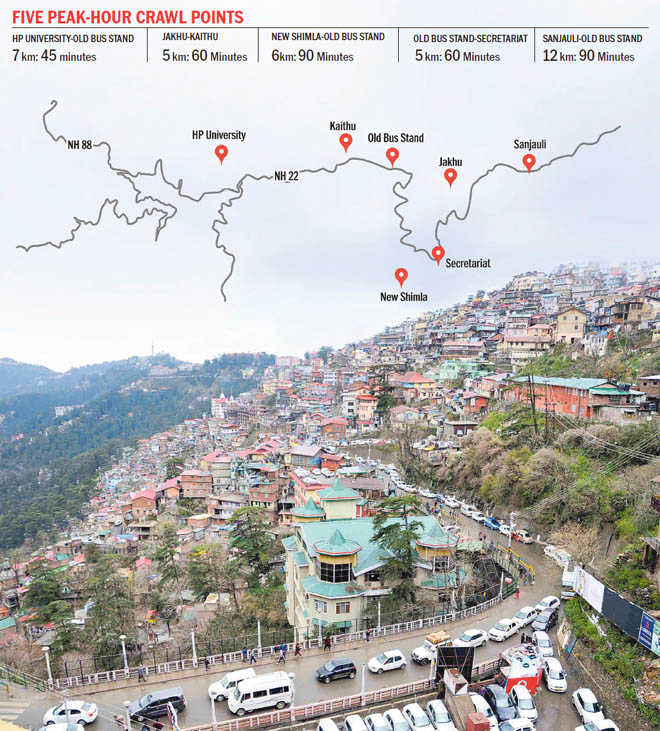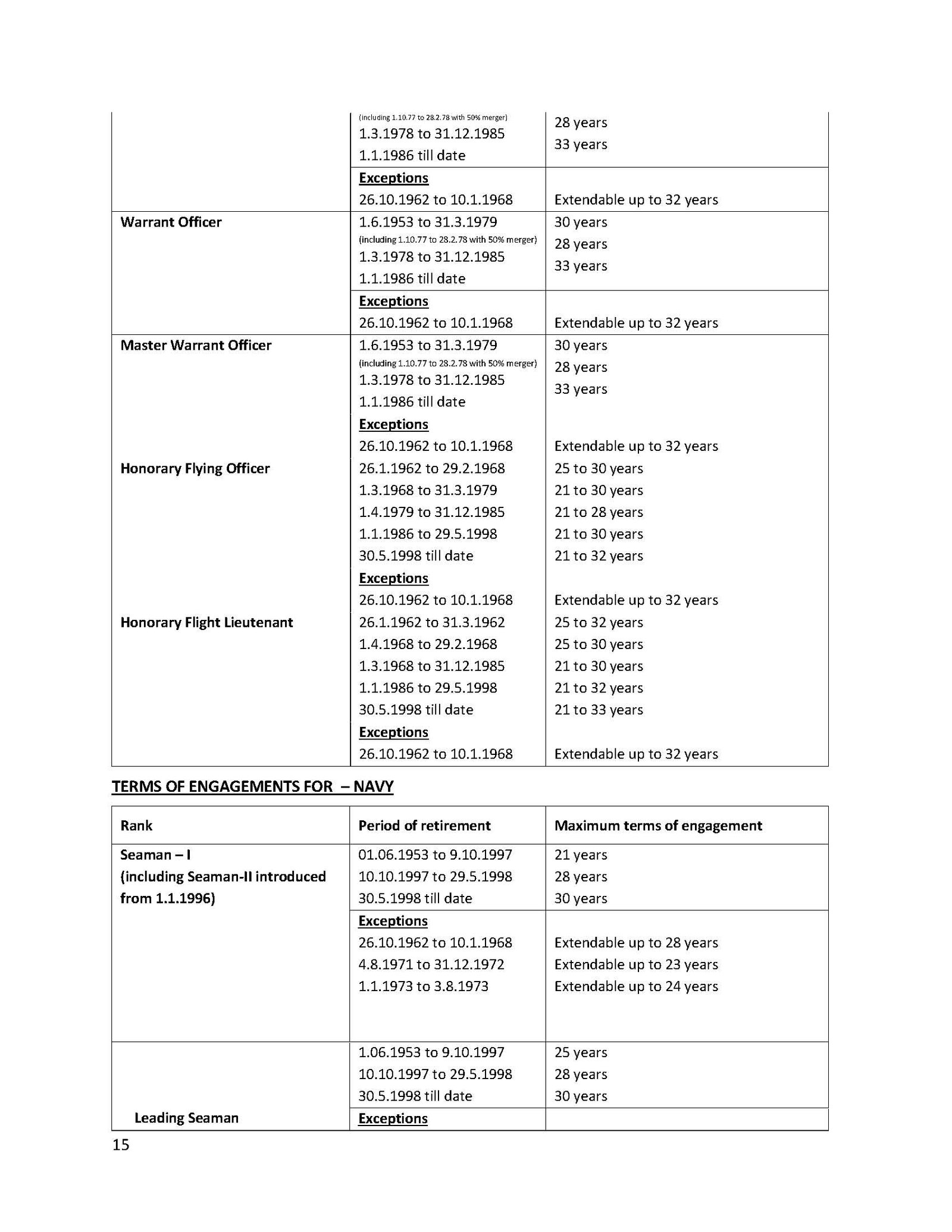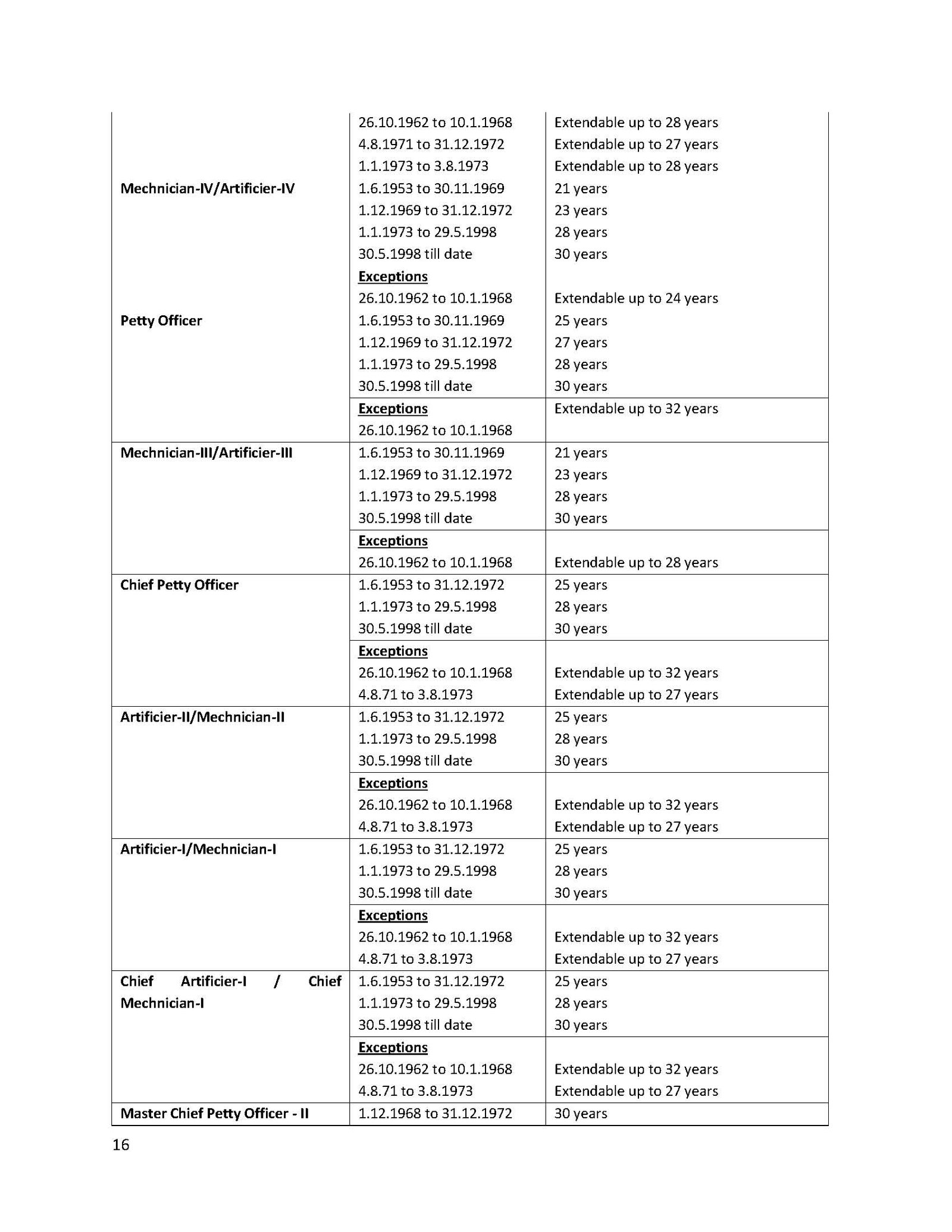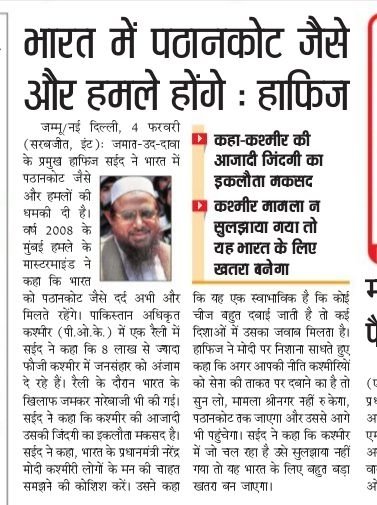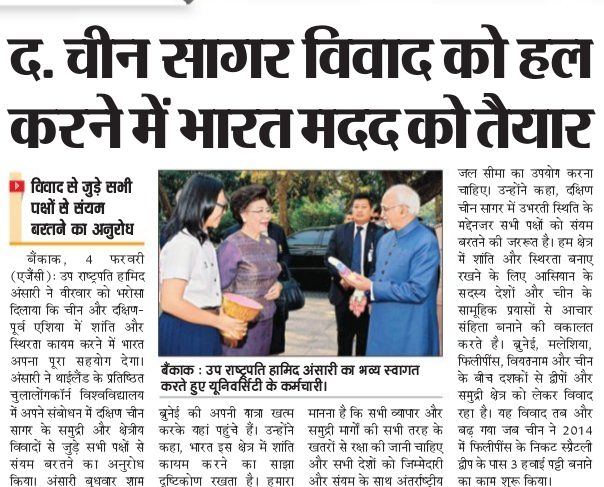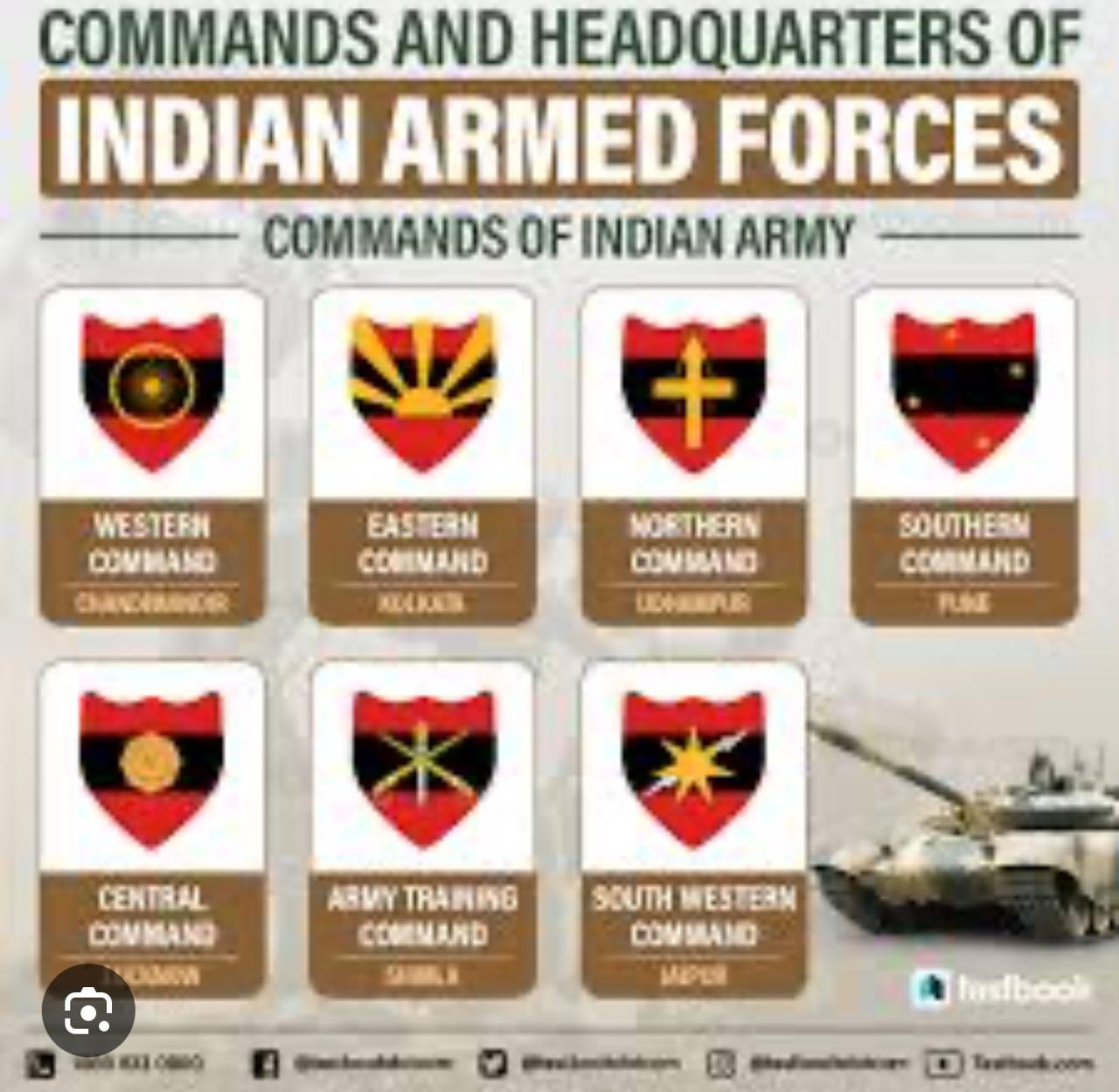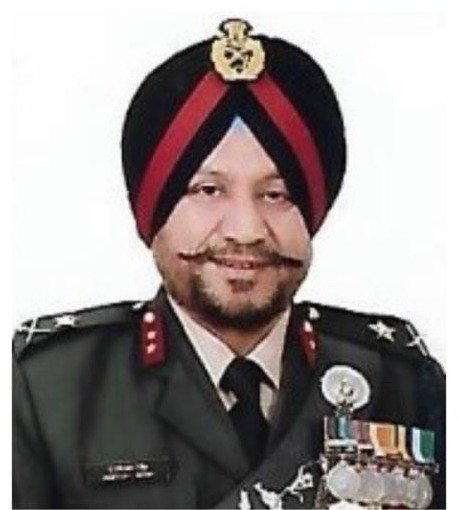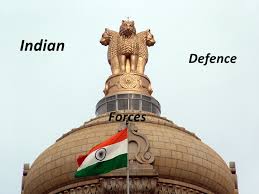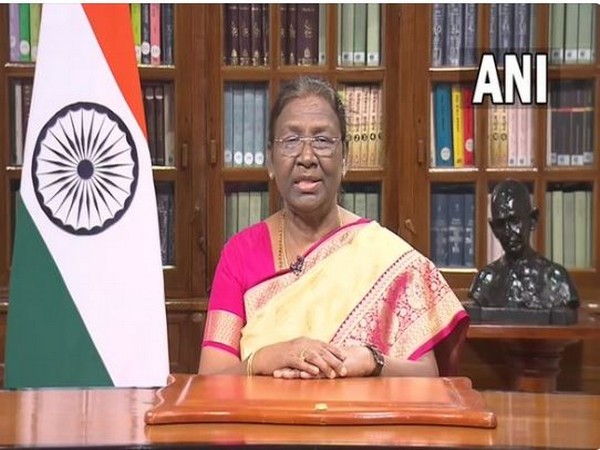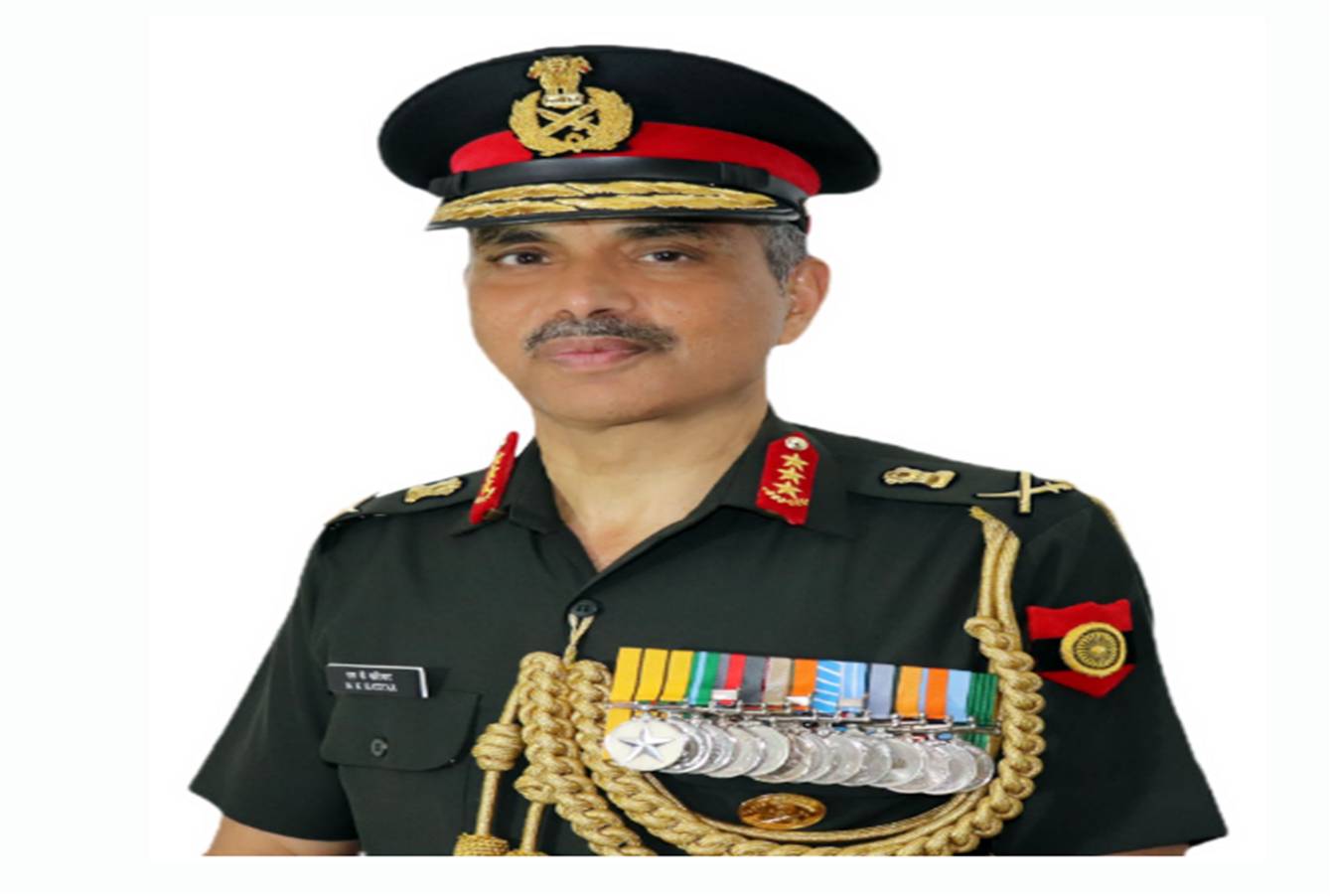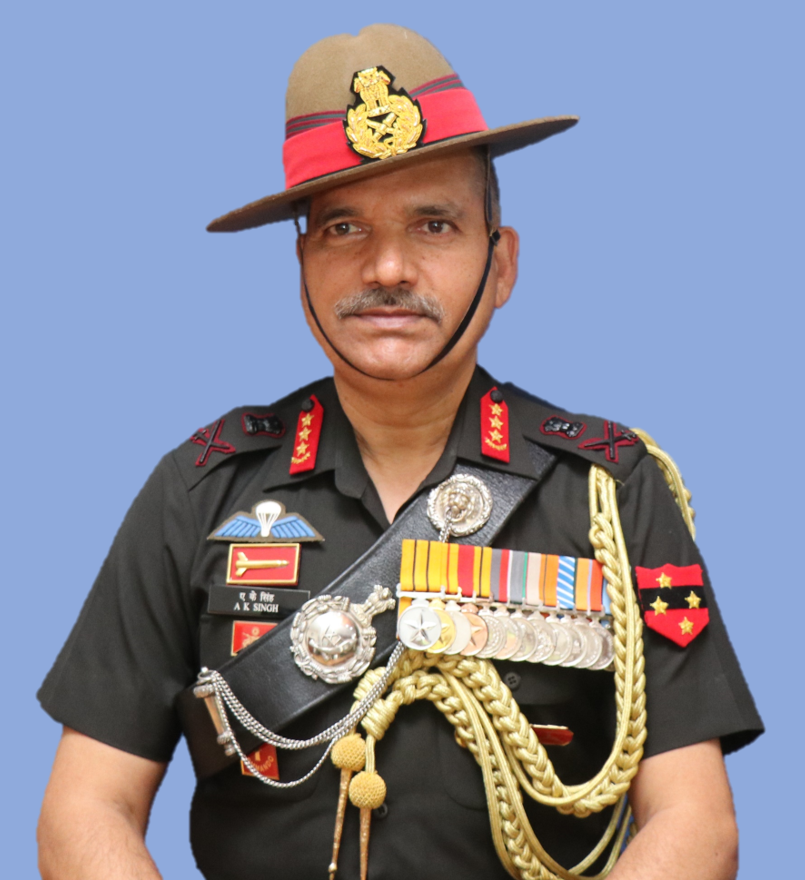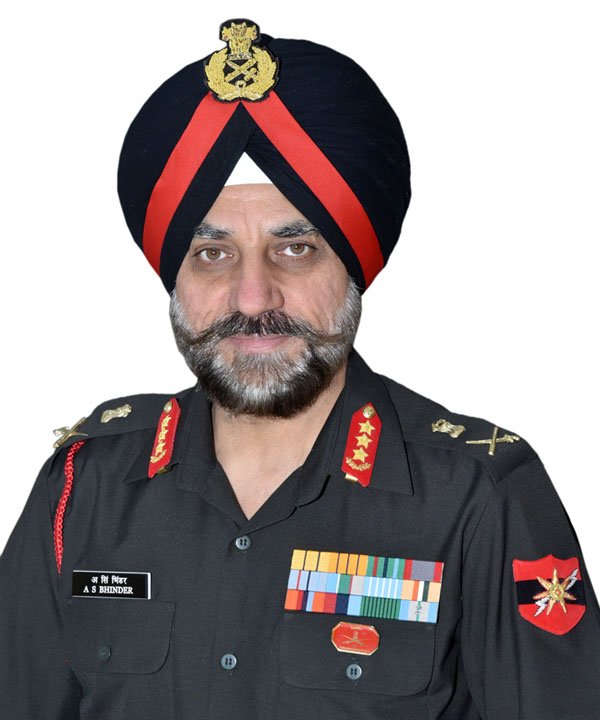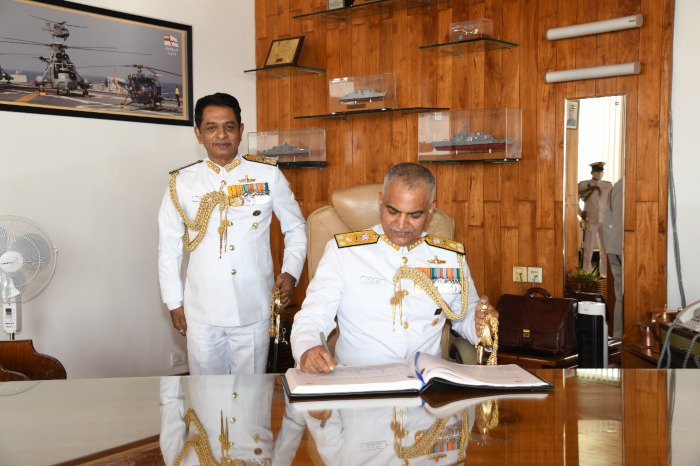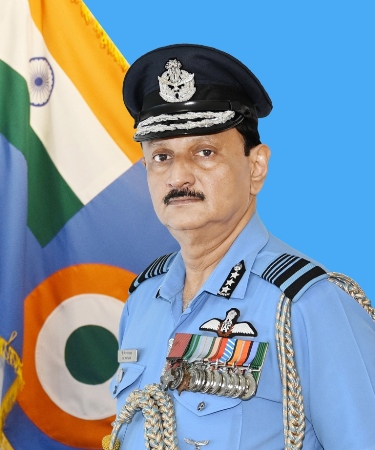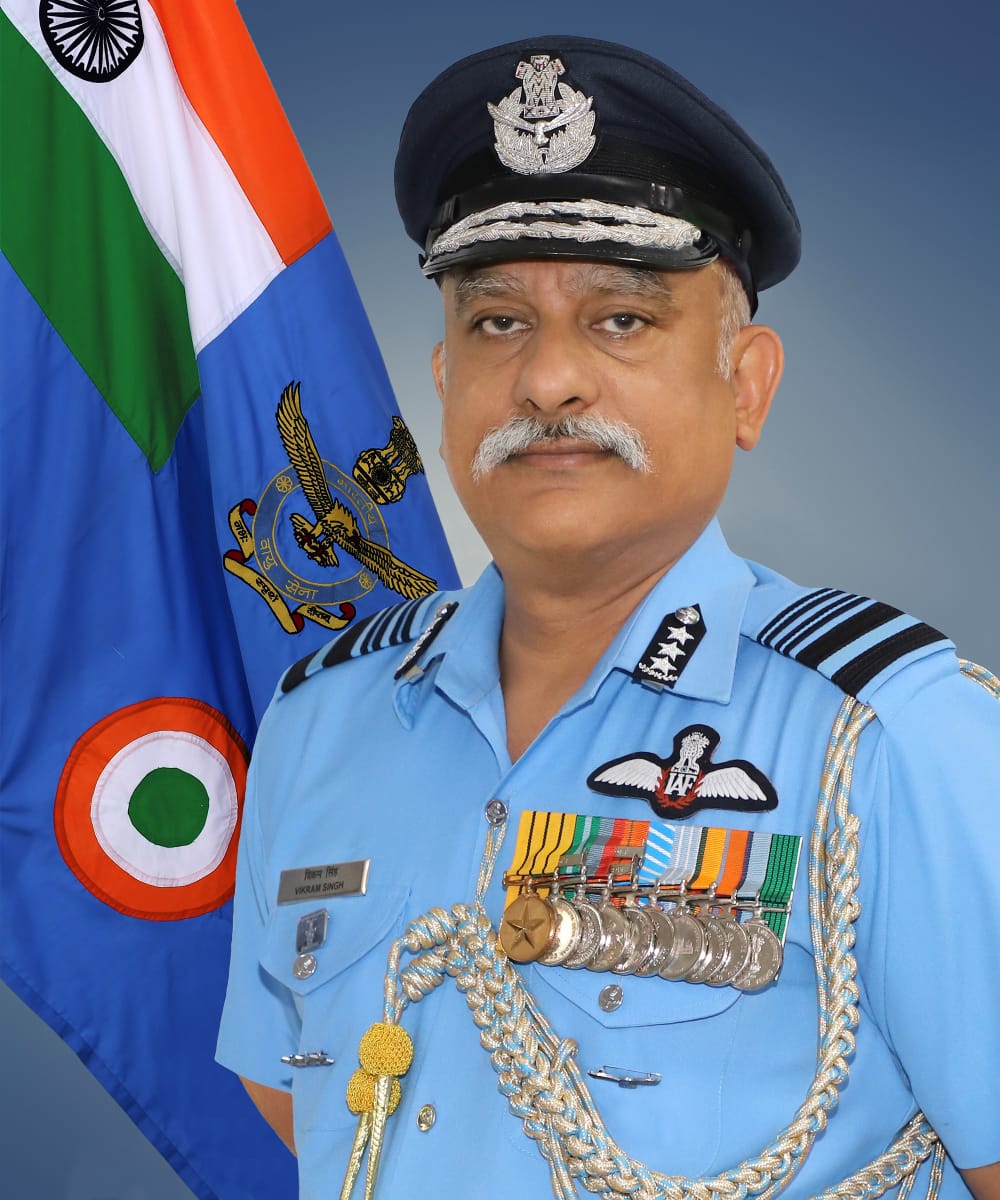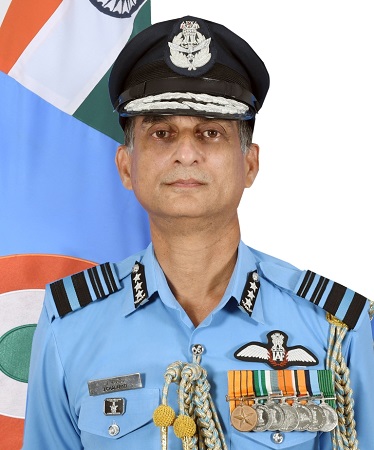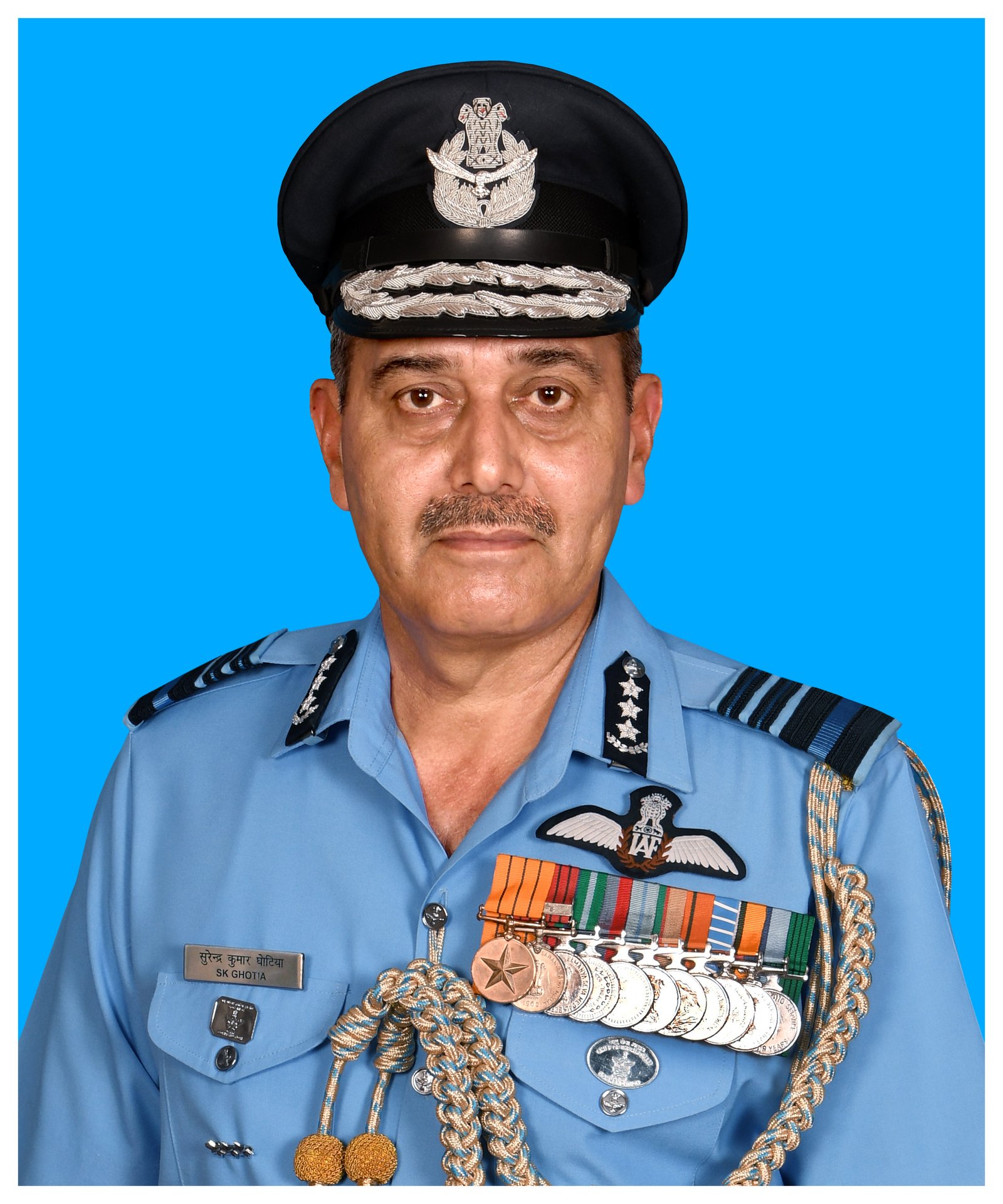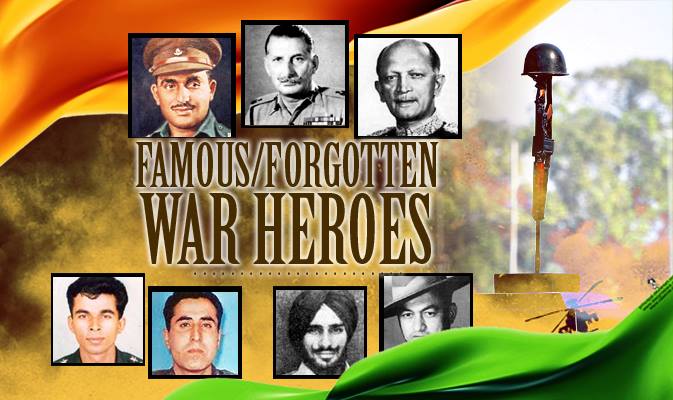Indian Army Soldier’s Miraculous Survival After Being Stuck Under Siachen Snow For 6 Days
Great battles – Indian army in siachen glacier 1 of 3
https://youtu.be/SvtgAM_l54g?list=PLP_tMnHrPtX3uvdg7ZRqFAYkq_oFLT-N6
Great battles – Indian army in siachen glacier 2 of 3
https://youtu.be/zSfHIjW5wNc?list=PLP_tMnHrPtX3uvdg7ZRqFAYkq_oFLT-N6
Great battles – Indian army in siachen glacier 3 of 3
https://youtu.be/tMJxA7czQIs?list=PLP_tMnHrPtX3uvdg7ZRqFAYkq_oFLT-N6
Life Of A Siachen Soldier
https://youtu.be/kaCnhxWPnaQ?list=PLP_tMnHrPtX3uvdg7ZRqFAYkq_oFLT-N6
pakistan army siachen glacier
https://youtu.be/FanThCLK8cI?list=PLP_tMnHrPtX3uvdg7ZRqFAYkq_oFLT-N6
NDTV at Siachen: How India is consolidating its hold on world’s highest battlefield
What warriors are up against at Siachen |
| Lt Gen Syed Ata Hasnain |
| Quite obviously, if you have seen it all live and felt the frozen chill of the Siachen Glacier, the memory will not leave you in a hurry.
Soldiers walking up to the Glacier often witness returning helicopters carrying the victims of the Glacier’s vagaries. They secretly pray to every god that they should return safe to see their comrades and their families. Inevitably they turn towards OP Baba, the legendary keeper of the Glacier whose huge cavern-like cave at Base Camp also has a resemblance to the Shivling on the pattern of the Shri Amarnathji shrine. There is no individual faith here. OP Baba is revered by all Indian soldiers, symbolising the uniqueness of the Indian Army’s social culture. After the prostration and ringing of bells, it is a crisp salute by the soldier to the Baba which initiates his climb to Siachen. It is only when tragedies strike that the warriors are remembered and this is as good a time as any to educate the public about what its warriors are up against at the Glacier. Just remember the Glacier itself is like any other, a frozen river of ice which is several hundred feet deep. The slope is just about that of a river but that’s not where the Indian soldier lives or remains deployed to protect the national interest. Running on its west along its entire 76km length and even more is a ridge of sharp peaks and precipices; it is called the Saltoro Ridge. The Indian Army was proactive enough to get to the Saltoro Ridge and occupy it in 1984 and since then, Pakistan has been attempting to dislodge us without success. What does deployment or occupation mean? Tactically important passes exist along the Saltoro which can provide access to the sub-glaciers which lead to the mother glacier or Siachen. Each of these passes has to be denied by occupying the shoulders which are formed by high peaks. The space for deployment is extremely limited and there is no local construction material except snow and ice which can be packed into thick plastic bags to form large ice bricks. Other material has to be lugged all the way from the bulk breaking point lower down in the sub-glacier. Survival of pre-fabricated shelters is for a year or little more. Usually 10 men stay together but besides maintaining vigil (many attempts have been made by the enemy to sneak up almost un-passable sharp ridges to capture a post), it is daily survival which takes up most of the time and energy. Life starts early at Northern Glacier because when the sun is not up, the snow is firm and movement is easier. Usually after 11am, all movement away from posts is halted unless it is for life-saving purposes or for tactical reasons. In the seven or eight working hours of the morning, there will be heli-dropping of kerosene and some heavier stores near the flatter portions of the sub-glacier. Teams of spotters ensure every load is marked and recovered by snow scooters and sledges which themselves are in danger of being swallowed up by wide chasms called “crevasses”. These chasms can be a couple of hundred or more feet in depth. Links of five or six men are known to have disappeared down such crevasses, never to be recovered. The problem of low ambient temperature is worsened by wind chill brought on by blizzards or snow storms reducing visibility. It is in such conditions that the enemy may make suicide attempts to get to a post at Saltoro. Hence, the vigil in bone-chilling conditions where even firing a weapon has to be done by removing the trigger guard and converting it to an “arctic trigger” to enable firing while wearing mittens. Maintaining line communications to smaller posts is extremely challenging. Line parties of Corps of Signals and unit signalmen are always vulnerable because of the amount of movement they do. The lifeline is provided by light helicopters which are responsible for maintenance, stocking of the posts at Saltoro, movement of key personnel such as rescue teams and casualty evacuation. In the instant case of the avalanche at the base of the ice wall, helicopters had to be employed to move the heavy equipment and machinery for the rescue teams to work with. Five days of continuous digging at 20,000 feet requires superhuman stamina. These teams are trained for rescue and are accompanied by avalanche rescue dogs (ARDs) which have the capability to sense life under deep snow. All movement of helicopters is restricted to morning hours because as the heat rises at the glacier, the density of air reduces and the thrust required by a helicopter is insufficient. In addition, air turbulence increases exponentially. However, for casualty evacuation, there are no restrictions and pilots risk everything to save a single life. Why is the Indian Army hellbent on weathering minus 50-60 degree temperatures and uncomfortable habitat in the most unique, one-of-its-kind environment. Can it afford a mutual agreement with Pakistan to withdraw to lower heights? The public needs the rationale upfront because the taxpayers’ money is involved – almost Rs 4-5 crore every day, 365 days of the year for an interminable period. The long and short of it: simply because we have the tactical advantage of occupying the heights of the Saltoro which Pakistan Army would give its right arm to occupy. We cannot trust it enough that it won’t renege on an agreement and occupy the heights when we vacate them. Take it from me, if we have to recapture the heights which give depth to the Glacier, it will be at a cost of a thousand lives or more. Now with the Pakistan-China collusion in construction of the China-Pakistan Economic Corridor through Pakistan-occupied territory in Gilgit Baltistan, at its height our hold over Siachen gives us the leverage of occupying a flank and giving Leh the necessary military depth. Last, it is important for the public and more important for the Seventh Pay Commission to know just what conditions exist in Siachen’s lofty wasteland. Reports that the Pay Commission has recommended allowances for bureaucrats in “remote Guwahati” that are double and more than that of warriors at Siachen are both an insult to the collective intellect and conscience of the nation and a symbol of almost depraved thinking.
• Lt Gen Syed Ata Hasnain is a former commanding officer of the Northern Glacier, who later also commanded |
Guwahati stint ‘harder’ than Siachen:7TH PAY COMMISSION
Ajay Banerjee,Tribune News Service,New Delhi, February 5
Posting in Guwahati is “tougher” than serving on the forbidding Siachen Glacier, if one goes by the 7th Central Pay Commission (CPC) recommendations to the government. The CPC has suggested Rs 31,000 per month for officers and Rs 21,000 per month for jawans as allowance to compensate them for the “hardship” faced at Siachen. However, once the pay commission’s new salary slabs come into place, the tough area allowance (TRA), which is about 33% of the basic salary, in civilian services works out to be in excess of Rs 55,000 for IPS and IAS officers and Rs 30,000 for others posted in areas like Guwahati.Demanding “fair play”, the armed forces in a representation to Defence Minister Manohar Parrikar have suggested a new “hardship matrix” to decide allowances. The representation contends that the facts presented before the CPC are erroneous and its 899-page report submitted in November 2015 has inaccuracies while dealing with military salaries, say sources.The armed forces feel Siachen cannot be equal or lower to Guwahati when deciding on the “hardship” factor. On Wednesday, 10 soldiers died after an avalanche struck “Sonam post” at 19,600 feet on Siachen Glacier, burying them alive and wiping out a helipad.A soldier is posted for six months on the glacier with the mission to protect it from the Pakistan army. The induction process involves three months of acclimatisation and a three-week trek to the post with a full load of weapons. Besides the Army, IAF’s 114 Helicopter Unit and Army Aviation are tasked with providing supplies, besides carrying out rescue missions.The armed forces have suggested a “hardship matrix” that grades the hardship on two fronts — nature of job and geographical location.They have suggested that Siachen be placed on the top of the list and those posted should get 65 per cent of their basic pay as “hardship allowance”. This, as per the new salary slabs of the CPC, will be a fair allowance.Antarctica comes second on their list of suggestions, followed by counter-terrorism duties. Fourth on the list are special operations forces in counter-terrorism roles.
Rs 31,000 vs Rs 50,000: Pay panel’s strange logic
- The 7th Central Pay Commission has suggested Rs 31,000 per month in hardship allowance for officers posted at Siachen
- However, IPS and IAS officers posted in areas like Guwahati are set to get Rs 55,000 as tough area allowance
- The armed forces have approached the Ministry of Defence seeking a new ‘hardship matrix’ to decide allowance






